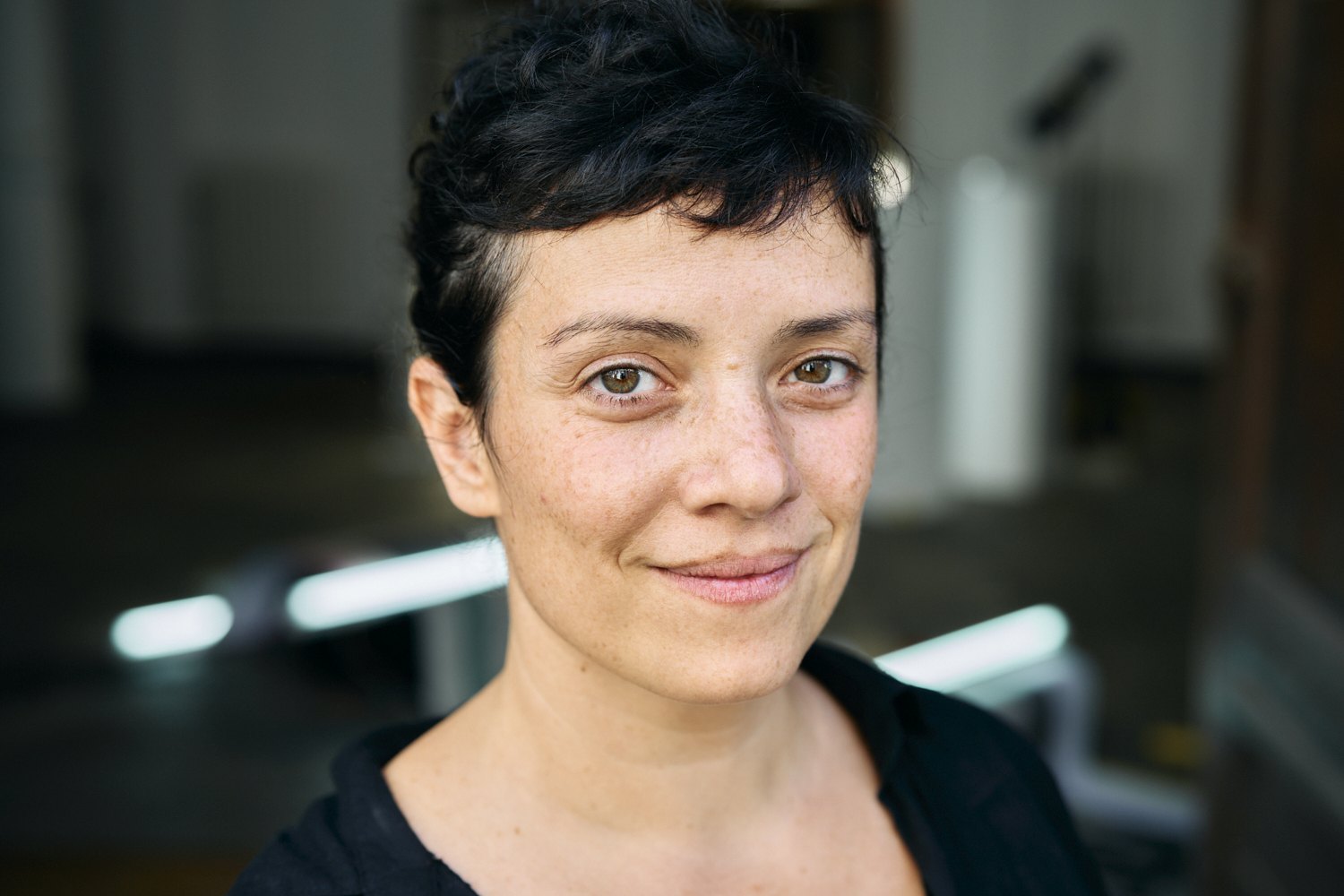This research investigates the relation between performer and costume and acts on approximating both crafts, mediating the relation of body with matter. Approaching costume as a sensorial-relational entity with an agency, could the entanglement of costume and body propose new ways of perceiving matter through a sensorial-relational method? Moreover, if this experience displaces the body into a provisional state, how could it create a political body? This project will pre-define this political body as 'corpo-gambiarra', inspired in the Brazilian concept of 'Gambiarra', that in everyday use refers to “improvised solutions to problems"1, and in Tupi-Guarani language “names a provisional camp in an unknown territory"2.
'Corpo-gambiarra' will be the fuel of the research, embodied in different outcomes: starting from the educational practice by disseminating my costume-led methodology in a workshop for dancers (Royal Conservatoire Antwerp, Performact); following to the theoretical rooting where Brazilian authors and artists take a central place in the investigation; performative readings will ground the concepts and an essay will elaborate the first skeleton of the 'corpo-gambiarra' method. As a performer, Renata Lamenza Epifanio will create an installation-performance followed by the publication of a book. Supported by an international and transdisciplinary sounding board, this research aims to expand the notions of dance and costume and the territories where they are installed from a critical-sustainable practice, using 'corpo-gambiarra' as a (political) tool to achieve it.
Promoters: Kathleen Coessens (Conservatoire), Pascal Gielen (UAntwerp)
Research groups: CORPoREAL (Conservatoire), Art & Ecology (Academy), CCQO (UAntwerp)
External advisor: Karlla Girotto
1 Sedlmayer, 2017
2 Xico Sá in Sedlmayer, 2017
_______
Photo by Julia Naidin (Residency at Casa Duna-Atafona, BR 2017)





